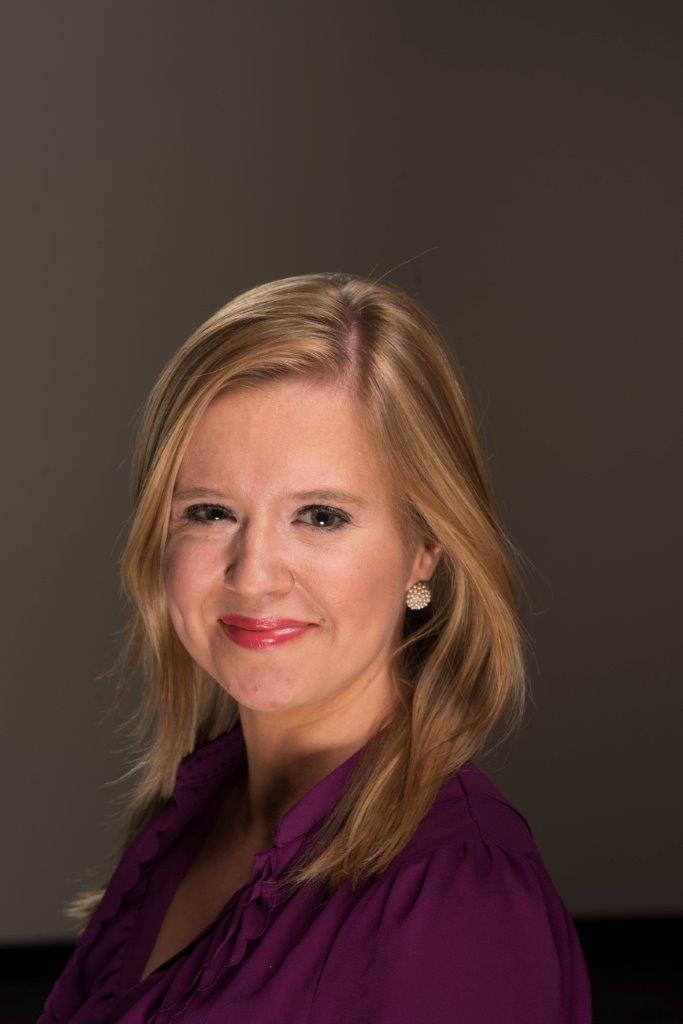
“[Audio] is an intimate medium and when you’re dealing with a storytelling medium of that nature you have to be aware that this material can be very difficult for a lot of people to listen to, because unfortunately we know that a lot of our listeners likely have direct experience with the topic of sexual assault.”
Amy Brittain
Transparency with Trauma
Washington Post’s seven-part podcast “Canary” portrays both the struggles of how two women choose to share their stories of sexual assault and the difficult process of meaningfully conveying their stories.
“Canary” draws on over 75 hours of audio tape. Every phone call, car ride and late-night discussion around a kitchen table was recorded and had the potential to be published, with the informed consent of those involved. This includes the reporters speaking directly to the listener on topics of reporting, such as the challenges and resources involved in such an investigation.
The decision to publish sensitive materials was done in a push toward a more honest conveyance of trauma and the reporting process. Artificial suspense through sound design and unnecessary scripted narration are avoided in favor of an organic and radically transparent portrait of the frustration and failures of the narrative.
Canary reporter Amy Brittain is available for virtual class visits. Contact Center administrator Krista Eastman (krista.eastman@wisc.edu) for more information.
Washington Post Staff on Creating “Canary”
QUESTIONS
Q1: How can a reporter be certain they aren’t sensationalizing or otherwise misrepresenting a story?
Q2: What is the value of content warnings/trigger warnings? Should they be used more often?
Q3: How can the medium of a story (audio, video, text) influence how it is received?
